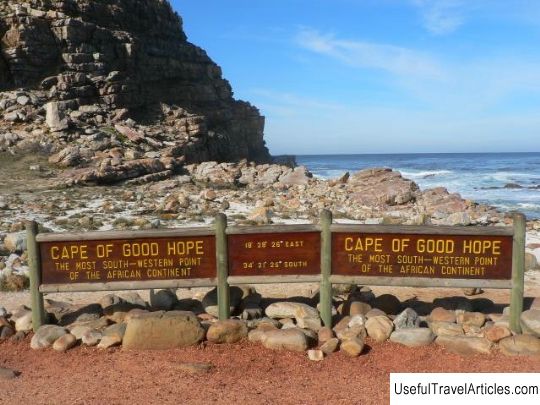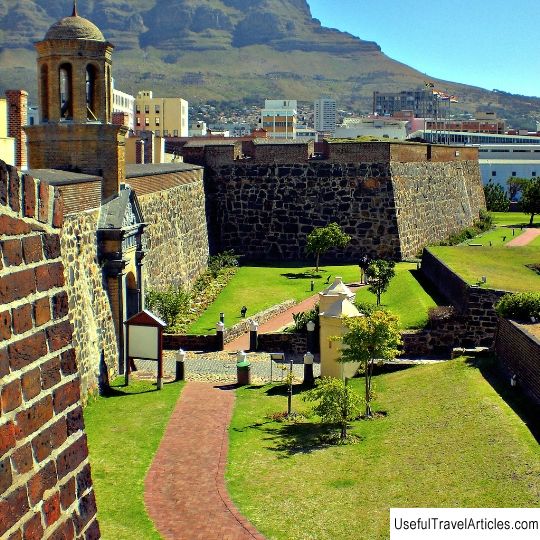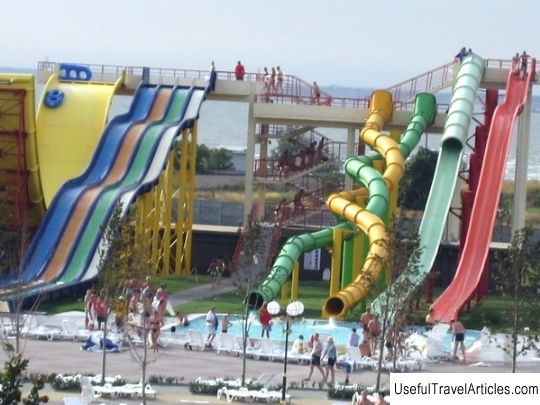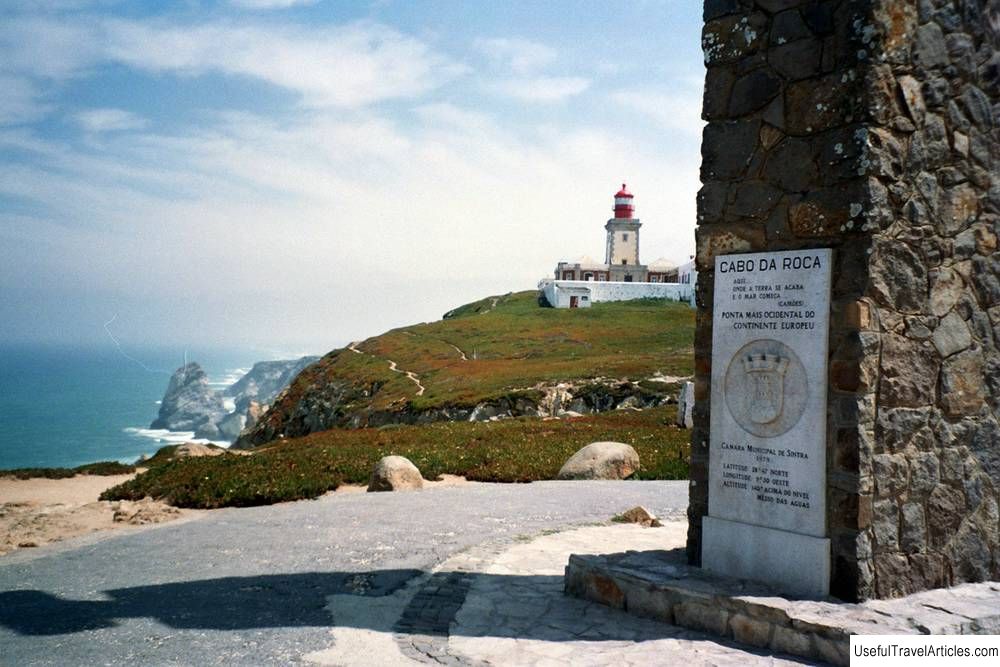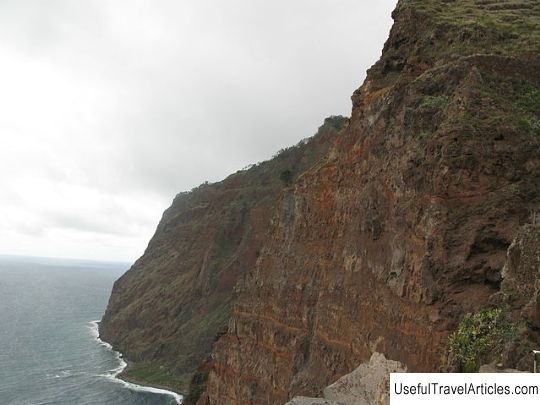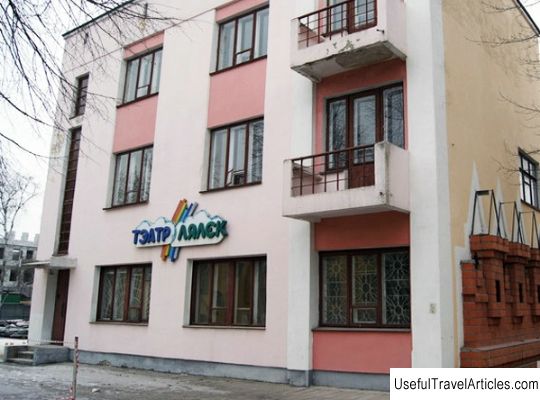Cape of Good Hope description and photos - South Africa: Cape Town
Rating: 7,9/10 (2143 votes) Cape of Good Hope description and photos - South Africa: Cape Town. Detailed information about the attraction. Description, photographs and a map showing the nearest significant objects. The title in English is Cape of Good Hope. Photo and descriptionThe Cape of Good Hope is part of the peninsula on which the South African National Nature Reserve is located - the only one in the world with such a rich diversity of fauna and unique flora. The legendary Cape of Good Hope is the source of many myths and legends. In 1488, Bartholomew Diaz named the Cabo peninsula Tormentoso, or Cape of Tempests. The Portuguese king Joao II later gave him the name Cabo da Boa Esperanza - the Cape of Good Hope. In 1580, Sir Francis Drake announced that it would be “the most majestic and fairest cape on earth.” The first lighthouse was built on the cape in 1860. However, due to its high location (238 m above sea level), it was often obscured by clouds and fog. When the liner `` Lusitania '' in 1911, it crashed, the lighthouse was moved to a height of 87 m above sea level, to its present location. In the 17th century, the Dutch captain Hendrik van der Decken tried to go around the cape in a strong headwind and his ship together with crew mysteriously disappeared. Since then, the legend has been told of the ghost ship, the Flying Dutchman, which, it is said, was often sighted near the Cape of Good Hope. The nature reserve located on the cape is a flower treasure - there are more than 1000 different species. The Cape has earned international recognition as one of the world's six 'flower kingdoms'. Plants typical for the Cape of Good Hope are proteas and reeds. The bear baboon lives here. The proximity to the city and geographic isolation from other populations of baboons threaten their existence. The main diet of monkeys consists mainly of fruits, root vegetables, bulbs, honey, insects and scorpions, but at low tide they can be seen on the beach, catching molluscs. Bird watchers can observe over 250 species of birds on the territory of the cape - the great black eagle, gulls and cormorants, sunbirds that feed on the sweet nectar of Protea while Egyptian geese bask on the rocks in warm sunlight, the steppe buzzard, spotted owl, sandpiper, and the large African ostrich. Animal lovers will be able to see zebra, eland antelope, lynx, mongoose and field mice. As well as a wide variety of insects, turtles, snakes, lizards and frogs. Southern whales can be seen in winter and spring returning to warm waters to give birth and raise their offspring. The Cape of Good Hope is an amazing scenic spot with soft white sandy beaches interspersed with stunning cliffs. The blending of the icy Atlantic Ocean with the warm waters of the Indian Ocean has created a unique coastal environment and one of the most productive marine areas in the world. You can go surfing at Diaz Beach. This beach is dotted with tiny boulders with numerous screaming birds. Diving is possible at famous shipwrecks along the beach. Despite numerous visitors to the Cape of Good Hope, its world remains intact. A visit to this amazing place will enrich you with memories of bright colors, perfect blue skies,         We also recommend reading River Suna description and photo - Russia - Karelia: Kondopozhsky district Topic: Cape of Good Hope description and photos - South Africa: Cape Town. |
